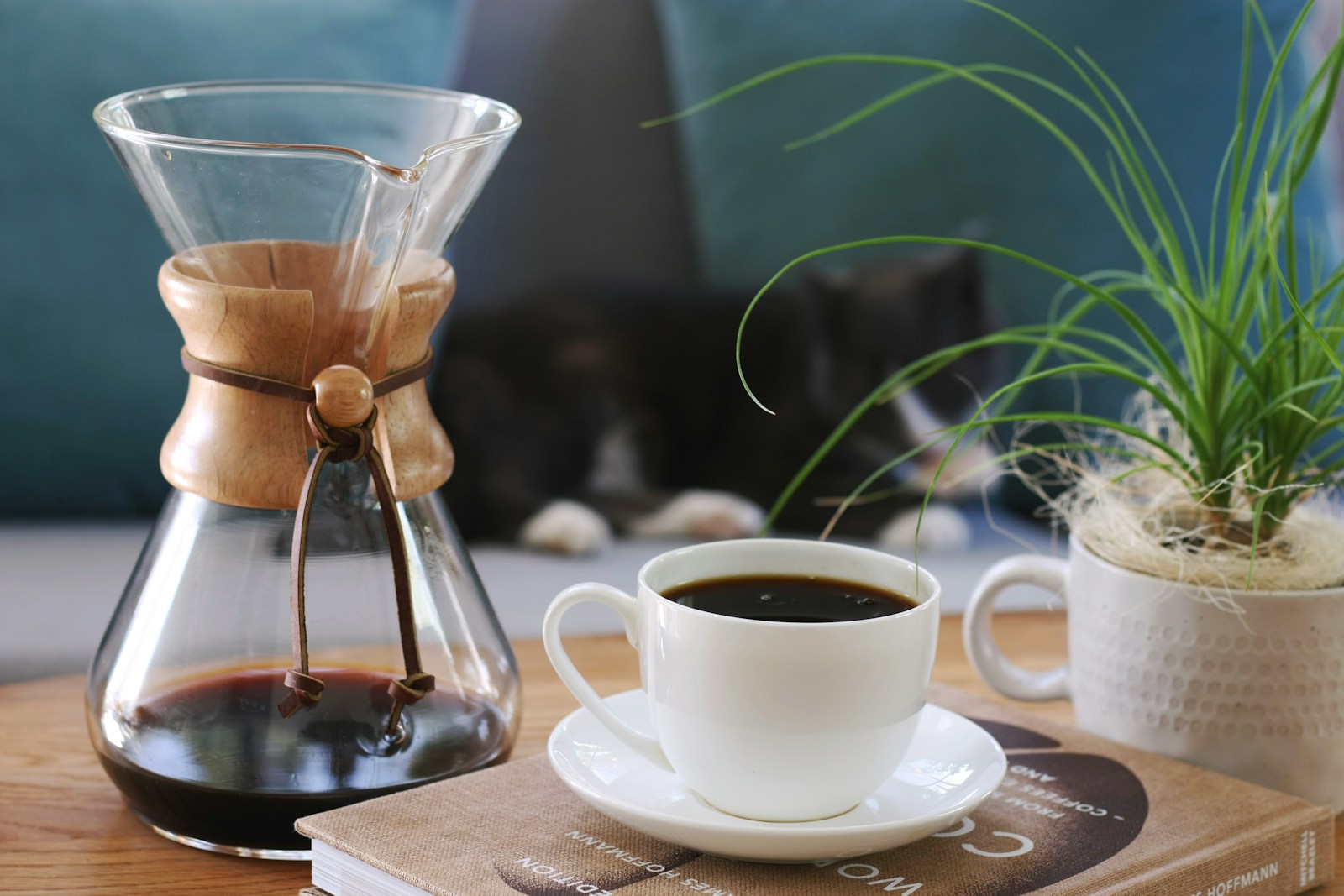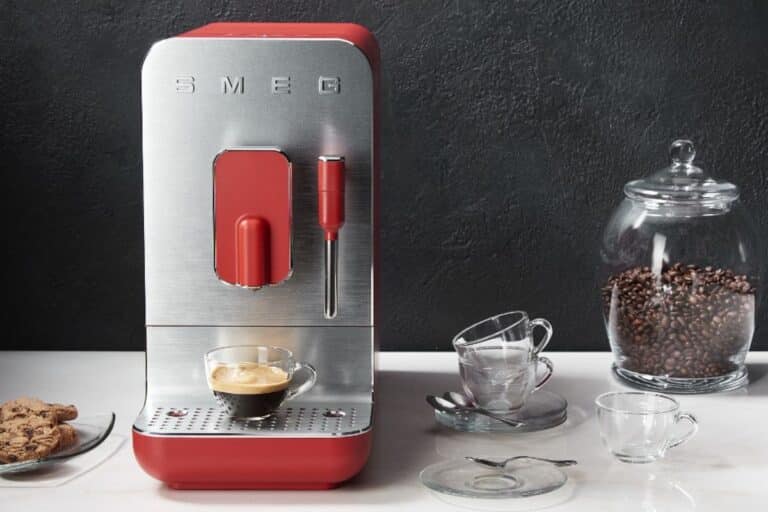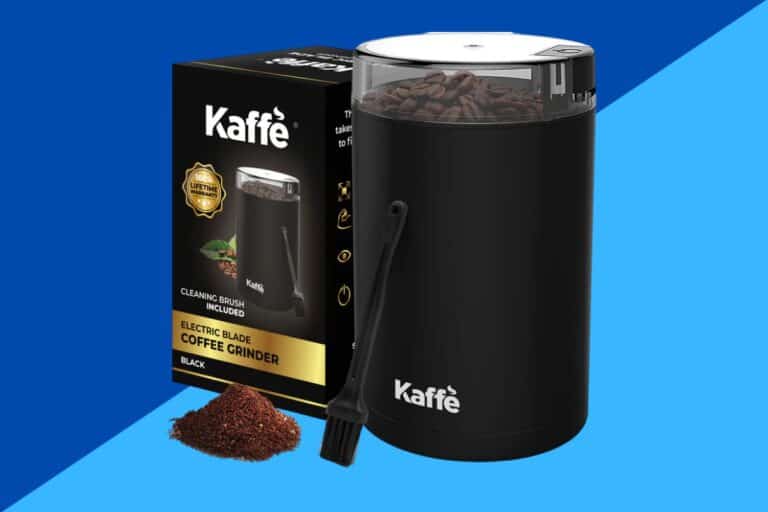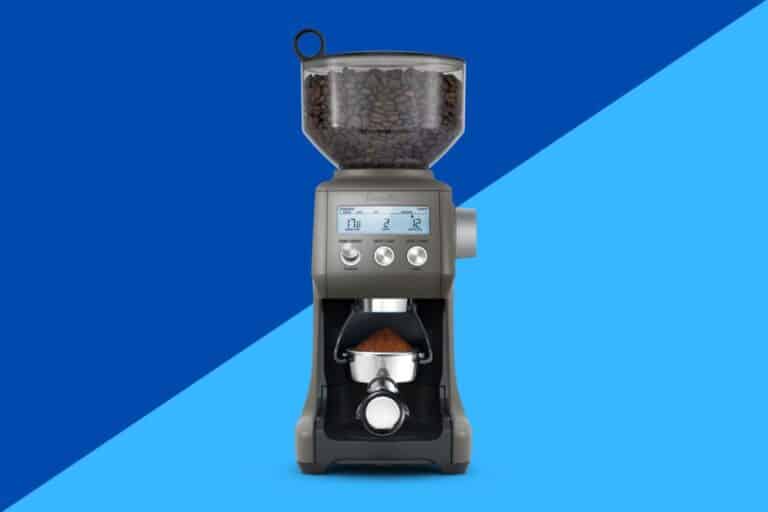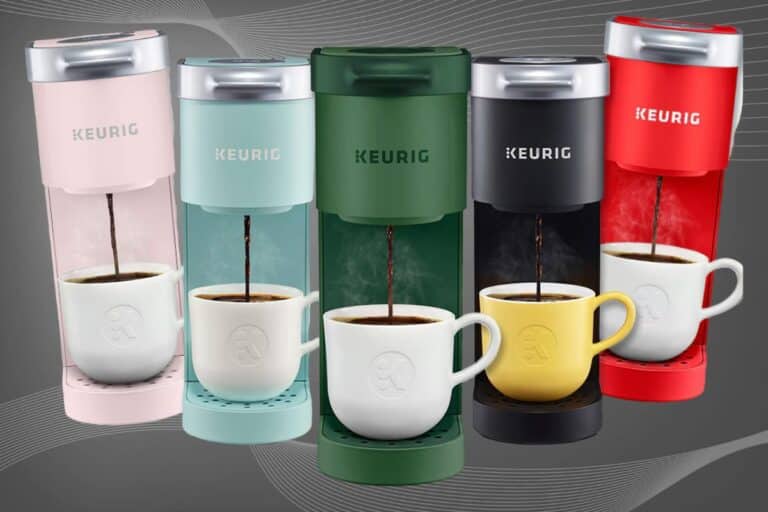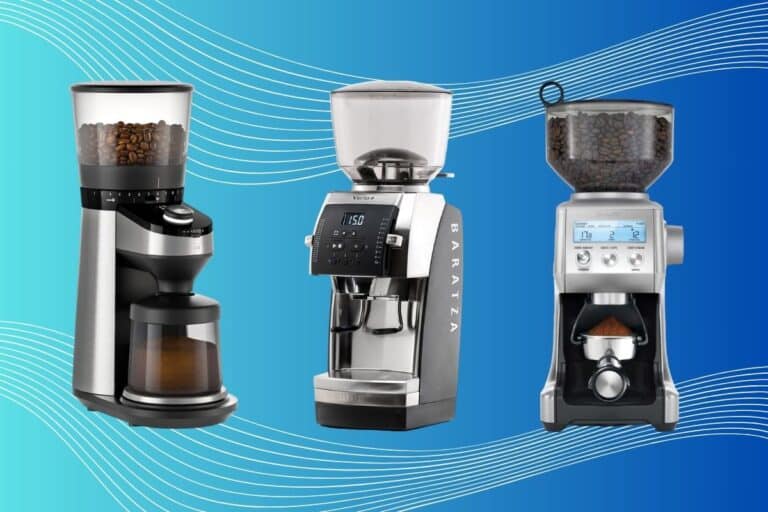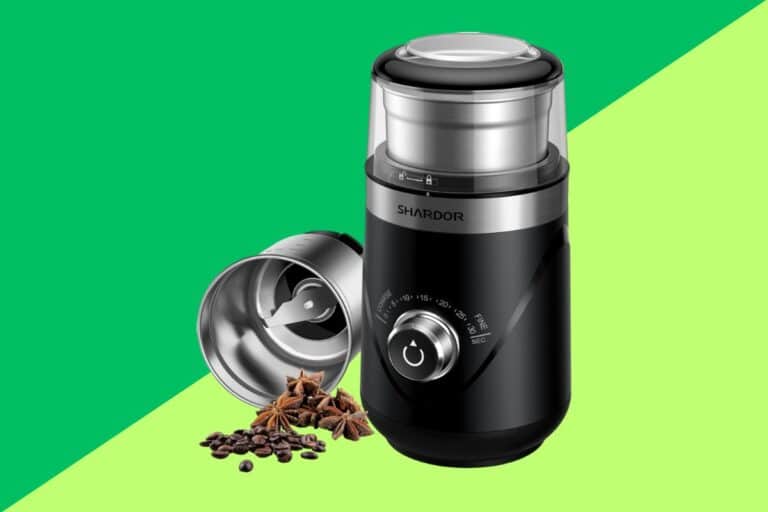Crafting the perfect cup of coffee is an art and a science, with the coffee-to-water ratio playing a starring role. This simple yet powerful measurement determines the balance between the richness of your brew and the smoothness of its flavor. Whether you prefer a bold espresso or a delicate pour-over, the right ratio is the key to unlocking the best from your coffee beans.
Understanding coffee-to-water ratios not only elevates your brewing experience but also empowers you to tailor every cup to your personal taste. It’s the golden rule that bridges the gap between professional baristas and at-home enthusiasts, ensuring consistent, flavorful results every time.
Each brewing method, from the French press to cold brew, has its unique ratio that aligns with the process and style of the beverage. Mastering these nuances allows you to experiment, discover your preferences, and enjoy coffee that’s perfectly brewed for you. Let’s dive in and explore how ratios transform a simple coffee-making routine into an exceptional ritual.
Results:
Amount of Coffee:
Amount of Water:
Understanding Coffee-to-Water Ratios
At its core, the coffee-to-water ratio is a simple concept with a big impact: it defines the amount of coffee grounds used in relation to the amount of water during brewing. This ratio directly influences the strength, flavor, and overall quality of your cup. It’s the foundation of every great brew, helping you strike the perfect balance between too weak and overpoweringly strong.
Strong vs. Weak Coffee: What Ratios Mean
The strength of your coffee is determined by the proportion of coffee to water. A higher ratio, such as 1:12 (1 part coffee to 12 parts water), results in a stronger, more intense brew, while a lower ratio, like 1:18, creates a lighter, milder cup. The choice depends on personal preference, the type of beans, and the brewing method used.
- Strong Coffee: Ideal for espresso or a bold French press brew.
- Weak Coffee: Preferred for delicate pour-overs or larger batch brewing.
Practical Examples of Ratios
Ratios are often written as a proportion (e.g., 1:15 or 1:20), indicating grams of coffee per milliliter of water. Here’s how to calculate your measurements for brewing:
- Example 1: 1:15 Ratio For 300 ml of water, divide by 15. You’ll need 20 grams of coffee (300 ÷ 15 = 20).
- Example 2: 1:20 Ratio For a lighter brew with 400 ml of water, divide by 20. Use 20 grams of coffee (400 ÷ 20 = 20).
Accurate Measurement with Grams
Precision is crucial for consistent results, which is why weighing both coffee and water is far superior to relying on volume-based measures like tablespoons or cups. A digital kitchen scale ensures you get the exact ratio every time, regardless of the coffee’s density or grind size.
By understanding and applying these ratios, you’ll take your coffee-making skills to the next level, creating brews that consistently match your taste preferences and impress anyone lucky enough to share a cup.
Brewing Methods and Their Ideal Ratios
Each brewing method brings out unique flavors and characteristics from your coffee, but the coffee-to-water ratio is the common thread that ensures success. Let’s explore the ideal ratios for popular brewing techniques and how to fine-tune them for your taste.
French Press
- Standard Ratio: 1:15 (1 gram of coffee to 15 grams of water). This balance creates a rich and full-bodied cup.
- Custom Adjustments:
- Stronger Brew: Use a 1:12 ratio for a bolder flavor.
- Lighter Brew: Opt for a 1:18 ratio for a smoother, more delicate cup.
- Tips: Coarsely grind your beans and allow the coffee to steep for 4–5 minutes before plunging.
Moka Pot
- Standard Ratio: 1:10, yielding a strong, espresso-like brew.
- Tips for Balance:
- Use medium-fine grounds for optimal extraction.
- Fill the bottom chamber with water just below the valve to avoid over-extraction.
AeroPress
- Standard Method: 1:15 for a clean, balanced cup with a short brew time.
- Inverted Method: 1:12 allows for a longer steep, resulting in a slightly stronger and richer brew.
- Concentrate: 1:6 creates a thick, espresso-style coffee that can be diluted with hot water or milk.
- Tips: Adjust your grind size (medium-fine to fine) and plunge speed to refine the flavor.
Espresso
- Standard Ratio: 1:2, ideal for achieving a rich, concentrated shot with a layer of crema.
- Variations:
- Tips: Ensure consistent tamping and grind size to avoid uneven extraction.
Pour-Over (V60 and Chemex)
- Standard Ratio: 1:15, which balances clarity and sweetness.
- Customization:
- For a stronger cup, aim for a 1:14 ratio.
- For a lighter cup, try 1:16 or adjust your brew time.
- Tips: Use a gooseneck kettle for precise pouring, and evenly saturate the grounds to enhance flavor.
Cold Brew
- Standard Ratio: 1:11 for a smooth, mellow flavor after steeping for 12–24 hours.
- Concentrate: A 1:5 ratio creates a rich extract that can be diluted with water or milk.
- Tips: Use coarse grounds to avoid over-extraction and bitterness.
Specialty Methods
- Turkish Coffee:
- Ratio: 1:10. This method yields a thick, rich coffee with a distinct sediment.
- Tips: Use finely ground coffee and simmer gently for an authentic experience.
- Siphon Brewing:
- Ratio: 1:15, producing a clean and aromatic cup.
- Tips: Pay close attention to water temperature and steeping time for optimal results.
Each brewing method offers its own adventure in flavor and aroma, with ratios serving as your guide. Experimenting with these guidelines will help you uncover the magic behind each cup and find your perfect brew.
Finding Your Perfect Brew
The beauty of brewing coffee lies in its versatility—there’s no one-size-fits-all approach to achieving the perfect cup. Experimenting with coffee-to-water ratios allows you to craft a brew that matches your unique preferences and highlights the best qualities of your beans. Here’s how to fine-tune your coffee experience.
Experimenting with Ratios
- Start with a recommended ratio for your brewing method (e.g., 1:15 for French press) and adjust gradually.
- Stronger Taste: Increase the amount of coffee relative to water (e.g., 1:12).
- Milder Taste: Use less coffee for the same amount of water (e.g., 1:18).
- Keep notes of your adjustments and results to discover patterns and preferences.
- Sample the same coffee with different ratios to understand how strength affects flavor clarity, sweetness, and bitterness.
The Impact of Grind Size, Roast, and Brew Time
- Grind Size:
- Coarser grinds extract more slowly and work best for methods like French press or cold brew.
- Finer grinds extract faster and are suited for espresso or AeroPress.
- Experimenting with grind size can highlight subtle flavor differences.
- Bean Roast:
- Lighter roasts generally benefit from a higher coffee-to-water ratio to amplify their delicate flavors.
- Darker roasts are more robust and may shine with a slightly lower ratio for a smoother cup.
- Brew Time:
- Longer brewing times (e.g., cold brew) pair well with higher water content to prevent over-extraction.
- Short brewing methods (e.g., espresso) require precise ratios to balance concentrated flavors.
Tips for Consistency
- Use a Kitchen Scale:
- Always measure your coffee and water by weight (grams) for precision. This ensures consistent ratios regardless of bean density or grind.
- Digital scales with tare functionality make the process effortless.
- Control Variables:
- Stick to one brewing method at a time when experimenting.
- Use the same type of beans and water temperature to isolate the effect of the ratio.
- Taste and Adjust:
- After each brew, evaluate the cup for balance, bitterness, or sourness. Make small adjustments to the ratio, grind, or brew time as needed.
By experimenting with these factors and paying attention to how they interact, you’ll refine your technique and uncover your ideal coffee recipe. Consistency and curiosity are the keys to finding a brew that’s uniquely yours.
Units and Measurements
Precision is the cornerstone of great coffee. Weighing both coffee and water ensures accuracy, consistency, and the ability to replicate your favorite brew time and again. Measuring by weight takes the guesswork out of brewing, allowing you to focus on the nuances of flavor and strength.
Why Weighing Coffee and Water Matters
- Consistency: Coffee beans vary in density depending on their roast level, grind size, and type. A tablespoon of one coffee may weigh more or less than a tablespoon of another. Weighing eliminates this variability.
- Control: Knowing the exact weight of your coffee and water helps maintain the desired ratio, ensuring every cup meets your expectations.
- Experimentation: Precise measurements make it easier to tweak and compare ratios, giving you full control over the brewing process.
Why Grams Are Preferred Over Volume
- Accuracy: Grams provide a more reliable measurement compared to volume-based units like tablespoons or cups, which can differ depending on how compacted or heaped the coffee grounds are.
- Ease of Adjustment: Grams allow for finer, incremental changes, which is especially useful when dialing in the perfect ratio.
- Universal Standard: Grams are an internationally recognized unit, making it easier to follow recipes and share brewing tips across borders.
Practical Tips
- Use a digital kitchen scale with a tare function for accuracy and ease.
- Weigh your coffee before grinding and water before heating for best results.
- Remember that 1 milliliter of water equals 1 gram, simplifying ratio calculations for water measurements.
Switching to weight-based measurements may feel like a small change, but it has a big impact on the quality and consistency of your coffee. It’s the step that separates casual coffee drinkers from true enthusiasts, ensuring each cup is brewed to perfection.
Tips for Better Coffee
The journey to better coffee involves more than just choosing quality beans—it’s about understanding the terminology, avoiding common misconceptions, and focusing on consistency in your brewing process. Let’s dive into some essential tips that will elevate your coffee game.
Strong vs. Weak Coffee: Getting the Terms Right
- What Strength Really Means:
- Strength refers to the concentration of coffee solubles in your cup, determined by the coffee-to-water ratio.
- A strong coffee has more coffee per unit of water (e.g., 1:12), while a weak coffee has less (e.g., 1:18).
- Flavor vs. Strength:
- Strength doesn’t necessarily equate to bitterness or richness—flavor depends on factors like bean origin, roast, and extraction.
Light and Dark: Clearing the Misconceptions
- Roast Levels:
- “Light” and “dark” describe the degree to which coffee beans are roasted, not the strength of the brewed coffee.
- Light roasts often retain more of the bean’s original flavors and can yield a strong coffee if brewed with a higher ratio of coffee to water.
- Dark roasts have a more pronounced roast profile and may taste strong due to bitterness, even if brewed with a weaker ratio.
- Avoiding Confusion:
- Instead of associating “dark” with strong or “light” with weak, focus on the ratio and brewing process to control strength.
Consistency: The Key to Better Coffee
- Why It Matters:
- Consistency ensures every cup is as enjoyable as the last. By controlling variables like ratio, grind size, and water temperature, you reduce the risk of over- or under-extraction.
- How to Achieve It:
- Weigh Your Ingredients: Always measure coffee and water by weight for precise ratios.
- Grind Fresh and Even: Invest in a quality burr grinder for consistent particle sizes, crucial for even extraction.
- Monitor Your Brewing: Keep an eye on brewing time and water temperature. Most methods perform best at 195°F–205°F (90°C–96°C).
Strong or weak, light or dark, great coffee boils down to understanding what works for your taste. By focusing on accuracy, avoiding common myths, and maintaining consistency, you can enjoy a cup that’s perfectly tailored to your preferences every single time.
Conclusion
The coffee-to-water ratio is the foundation of every great cup, transforming simple ingredients into an exceptional experience. By understanding and applying these ratios, you unlock the potential to control flavor, strength, and balance, creating coffee that delights every time.
Brewing coffee is as much about exploration as precision. Experimenting with ratios, brewing methods, and adjustments to suit your taste opens up endless possibilities. Whether you love the boldness of an espresso or the smoothness of a pour-over, the journey to discovering your perfect brew is as rewarding as the destination.
Mastering coffee-to-water ratios empowers you to brew with confidence and consistency. It’s the key to enjoying coffee that’s not just good but truly exceptional—every cup, every day. So grab your scale, your favorite beans, and start brewing your way to perfection!
Related Articles:
Starbucks Coffee Calorie Calculator
Coffee Calorie Calculator

